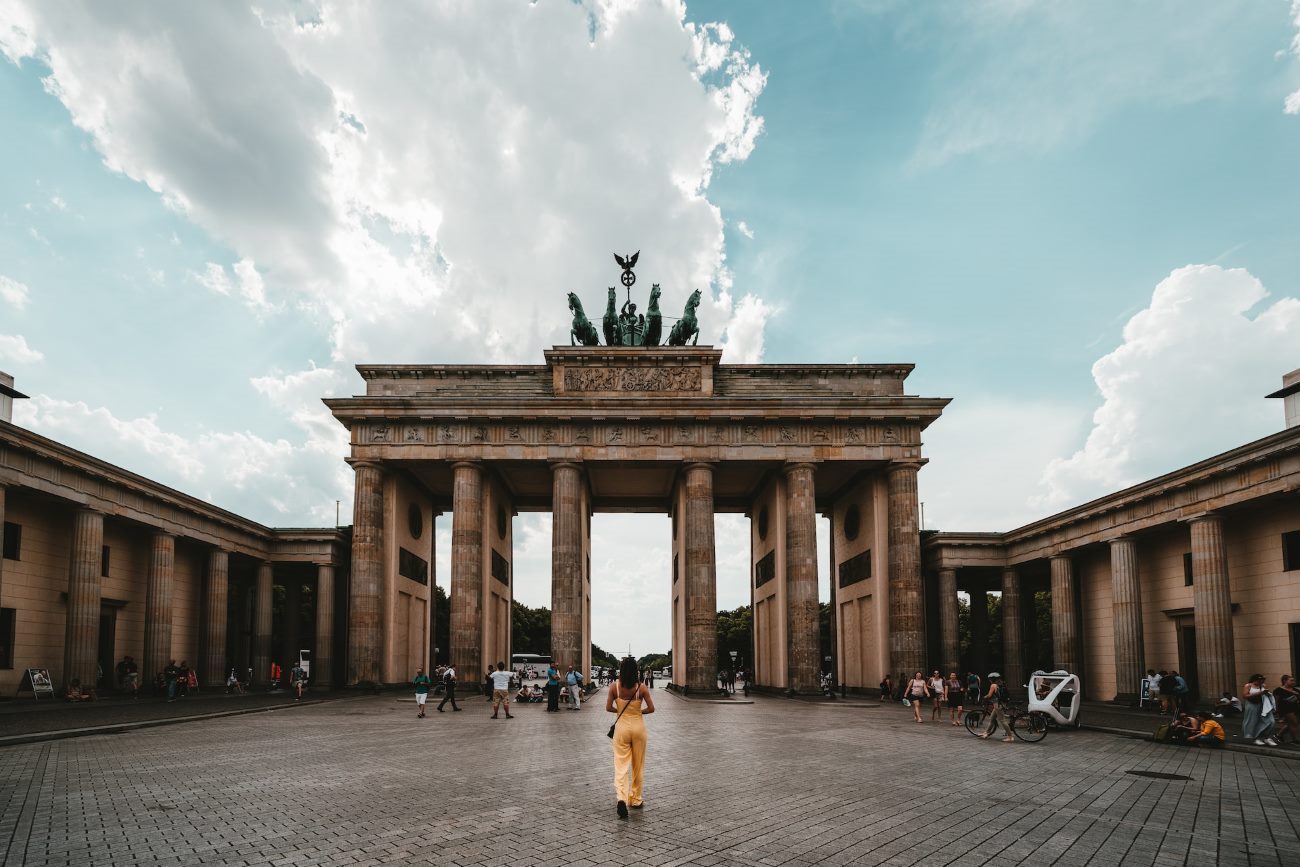The Fascinating History of London
This detailed article reveals the historical development of London through time. London began its existence two thousand years ago when Romans colonized the place that then developed into a global major metropolis today. This article follows an historical chronology to examine significant developments that transformed this well-known metropolis.
1. Roman London: The Birth of a City
More than 2000 years ago London received its first name as Londinium during the Roman era. During AD 43 the Romans established Londinium at the site which became a River Thames trading port. Londinium experienced explosive growth into an active city before it was officially designated as the Roman capital of British territory.
The Roman builders constructed protective London Wall around the city of Londinium. The city builders constructed a Thames bridge which joined both banks of the river. Throughout the years the London Bridge became an essential crossing location while also representing central importance to the city.
2. Medieval London: From Conquests to Trade
The society of London went through major periods of alteration during the Middle Ages. The center’s political and commercial success drew traders and merchants from all across Europe to this important economic location. London reached its peak period as Normans kept control of England after they successfully conquered it in 1066.
The medieval history of London features prominently because Westminster Abbey began its construction during the 13th century and evolved into a leading landmark that draws people today.
2.1 The Tower of London: A Fortress and a Palace
The Tower of London serves as one of the most notable medieval edifices because King William the Conqueror constructed it in the 11th century. When constructed the building provided protection for the city and eventually evolved into a royal British royal residence. Today more people visit the Tower of London as both a tourist stop and a historical site since it contains royal treasures as well as historical displays about London.
3. The Tudor Period: A Time of Renaissance
London entered its most influential historical period when the Tudors ruled the kingdom. During the rule of Henry VII, Henry VIII and Elizabeth I London flourished culturally and architecturally.
During this period of development London gained its most renowned symbol as St. Paul’s Cathedral reached completion with Renaissance architectural beauty. The cathedral emerged as an enduring symbol which showcased the thriving character and enduring strength of London while the Great Fire of London failed to harm it in 1666.
3.1 The Globe Theater: Shakespearean Legacy
During the Tudor period London attracted many visitors to witness its flourishing theatrical activities. People performed many of William Shakespeare’s plays at the Globe Theater which opened its doors as a theater building in 1599. The original Globe Theater has disappeared but visitors can find today a reconstructed version positioned where the original once stood to observe Shakespearean theater shows.
4. Industrial Revolution: Transforming London
Significant social transformations took place throughout London in the 18th and 19th centuries because of the industrial revolution. As an industrial and innovative center the city witnessed a rapid growth of factories and new neighborhoods which integrated with modern railway systems.
The Houses of Parliament together with the Big Ben clock tower represent architectural advances that took place during this period.
4.1 The British Museum: A Cultural Treasure
The British Museum in London opened its doors to the public in 1753 to show a broad selection of international art, artifacts and historical items. The museum continues to maintain its position as one of the largest and most popular worldwide attractions since it draws millions of annual visitors.
5. Modern London: A Global Metropolis
During the twentieth century London secured its position among the leading cities in the world. The city encountered its setbacks during WWII and its successes culminated in the 2012 Olympic celebrations.
Many individuals travel to London each year to see its famous landmarks composed of Tower Bridge and Buckingham Palace that shape the city’s view. London stands distinctive as a premier travel spot due to its combination of multicultural heritage and performing arts environment alongside its active business establishment.
5.1 The Shard: A Modern Marvel
London welcomed its modern architectural wonder known as The Shard to its skyline when it finished construction in 2012. The skyscraper stands as an emblematic symbol of present-day London through its elevators that provide visitors with magnificent perspective of the city landscape.
Conclusion
Through time London developed into a fascinating metropolis that maintained its determination to change. Since Roman times the city started as a settlement which became a world-leading power by developing continuously while remaining faithful to its historical past. Visiting historical sites throughout London lets visitors discover how this major world city established its basic framework. The city of London invites its visitors to either walk Roman London’s ancient streets or admire its contemporary skyline because its historical narrative always enthralls and motivates people.
Table of Contents



